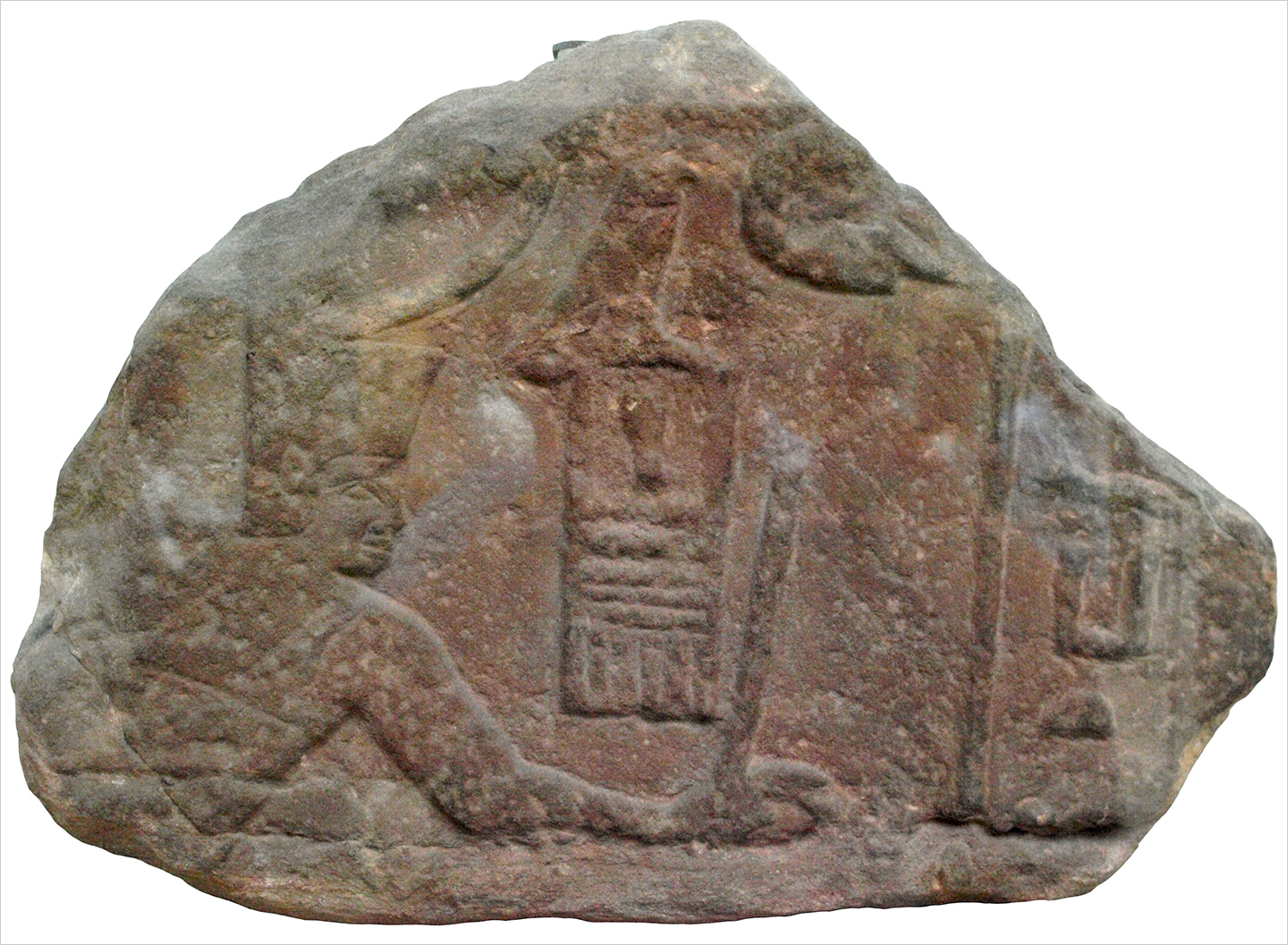Archaeologists say they might have found the world’s oldest case of gigantism in the skeleton of an Egyptian pharaoh who ruled 4,700 years ago.
The skeleton is six foot one, and believed to belong to King Sanakht, who ruled during the third Dynasty, reports Daily Mail. He would have towered over the average five foot four Egyptian. This could mean that the king suffered form gigantism, a hormonal condition that results in abnormal, excessive growth.
The results were revealed in an article by Francesco M. Galassi, from the University of Zurich, Switzerland, and colleagues, published in The Lancet Diabetes & Endocrinology.

The bones showed evidence of “exuberant growth” and is far taller than other Egyptians at the time. It is still unclear who the tomb belonged to, but researchers found relief fragments bearing Sanakht’s name, which lead them to believe it belonged to him.
The skeleton is the first discovered in 1901 in the Mastaba K2 tomb near Beit Khallaf, around 70 miles northwest of Luxor, reports Daily Mail.
Gigantism is caused by a non-cancerous tumor on the pituitary gland that creates too much growth hormone. The researchers say this would be the oldest known palaeopathological case in the world.
This article was featured in the InsideHook newsletter. Sign up now.























